The competitive analysis canvas is your starting point for comparing competitor companies. There are, however, other complementary tools.
Feature comparison matrix
Porter's Five Forces analysis
Product life cycle analysis
Use the insights you have gained with these analyses (including any completed competitive analysis canvases) to brainstorm where you may have an advantage over the competition using the following frameworks:
SWOT analysis
PEST analysis
Feature comparison matrix
It can be useful to compare key features of your product (or intended product) with those of the competition. Laying this out in a matrix is the best way to present this information visually.
Across the left hand side, list a number of key features. Across the top of the matrix, list your major competitors. Indicate whether each competitor has this feature with a simple yes/no in each cell of the matrix.
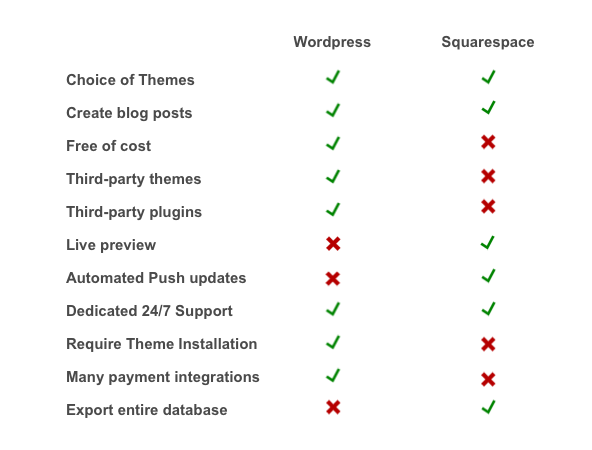
Porter's Five Forces
Another useful framework is Porter's Five Forces. Using this analysis is appropriate when considering entering an industry. In this case, the framework guides you to ask:
Do new entrants face significant barriers to entry in this industry?
Do the established companies have important supplier relationships that are hard to cultivate?
Do the established companies have important buyer relationships that are hard to cultivate?
Does the industry face a high threat of customers using substitute products?
Does the industry feature a high degree of rivalry between established competitors?
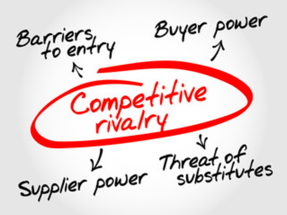
Product life cycle
No product continues to sell forever. New innovations create improved products which customers switch to over time. This is not only true for individual products but also for product classes. For example, the Casio C-80 was a digital watch that featured a calculator on its face, and the Casio C-80 belongs to a product class called watch calculators.
In case you are too young to be familiar with this product class, here is a photo of the Casio C-80.

You can still buy a watch calculator, but the volume of sales has decreased hugely since the 1980s. Calculator apps are now standard on smartphones and laptops, which means that you don't need to see a calculator every time you look at your watch. Each product class goes through a set of development steps:
Introduction: when the product hits the market
Growth: as the world discovers the product and awareness and availability increases, more customers buy it
Maturity: the size of the market for this product class doesn't increase or decrease significantly (annual global revenues plateau)
Decline: the size of the market decreases as customers stop purchasing this product class and spend their money on other more innovative items
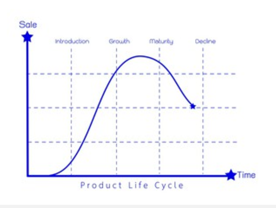
The goal here is to identify which product class you are in and look at historic values for the size of the market to determine which phase of the life cycle you are in.
Another way to visualize the product life cycle is by the type of customer who buys at each stage, namely:
Innovators (2.5% of the lifetime sales of a product will be to innovators)
Early adopters (13.5%)
Early majority (34%)
Late majority (34%)
Laggards (16%)
Knowing which customer type your product will be purchased by helps you to understand the customer's attitude toward learning any new behavior required to use the product.

SWOT analysis
The SWOT analysis was invented by Albert S. Humphrey in the 1960s. One of the strengths of the tool is that it is easy to understand. There are four quadrants to be filled-in, one each for your company's strengths, weaknesses, opportunities, and threats.
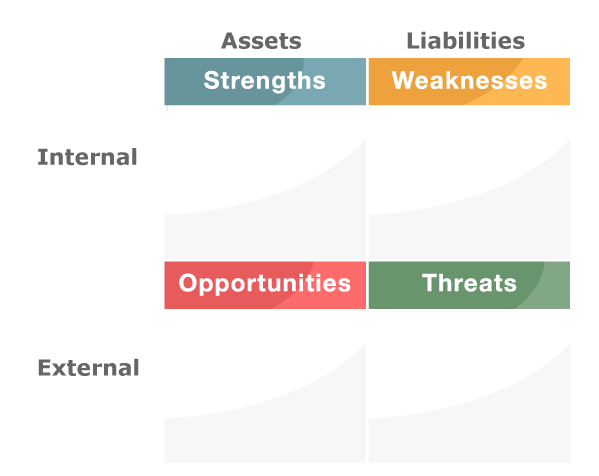
Those inside a company typically know the company's strengths and weaknesses the best. They are referred to as "internal" factors. Opportunities and threats typically come from outside the company and are referred to as "external" factors.
This is also an ideal tool for brainstorming. Different people in your organization will have different insights, which can make a SWOT analysis a productive team exercise. Begin with strengths and weaknesses. Some strengths could lead to opportunities, and some weaknesses could lead to threats (although opportunities and threats may be due to other external factors also).
PEST analysis
PEST is an acronym for Political, Economic, Social, and Technological. A PEST analysis examines each of these external factors to see how each could impact the future strategy of the business. The goal of the PEST analysis is to think about the future change in the world around your company and think about how best you can respond.
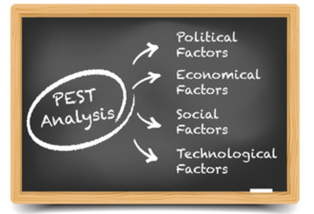
The following factors must be considered:
Political: Policy changes that the a politician or candidate will implement, political stability, predicted changes to tax regulation, etc.
Economical: Is the economy growing or shrinking? Is the company vulnerable to exchange rate changes? Are customers spending or saving?
Social: Societal attitudes towards your business or products, general societal trends, mobility, etc.
Technological: Technological advancements that could be taken advantage of, technologies that your competitors have that you don't, how technologies in other industries could impact your industry.
Using SWOT and PEST together
When completing the Opportunities and Threats sections of the SWOT analysis, you can consider the PEST factors (i.e., political, economic, social, and technological factors) as inspiration.
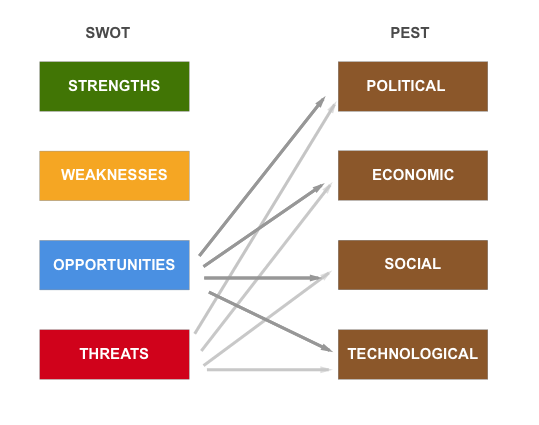
Let's recap!
In this lesson, you have learned several frameworks for analyzing:
A given competitor company (using the competitive analysis canvas and feature matrix analysis).
The attractiveness of entering a given industry (Porter's Five Forces and the product life cycle analysis).
The potential opportunities and threats of external factors that may influence your strategy (SWOT and PEST frameworks).
In the next part of the course, we investigate how to validate what your potential customers care about. Doing research on the competition may well reveal some exciting strategies, but those do not matter unless they help deliver benefits that customers care about. Let's see how you can prove which benefits those are.
